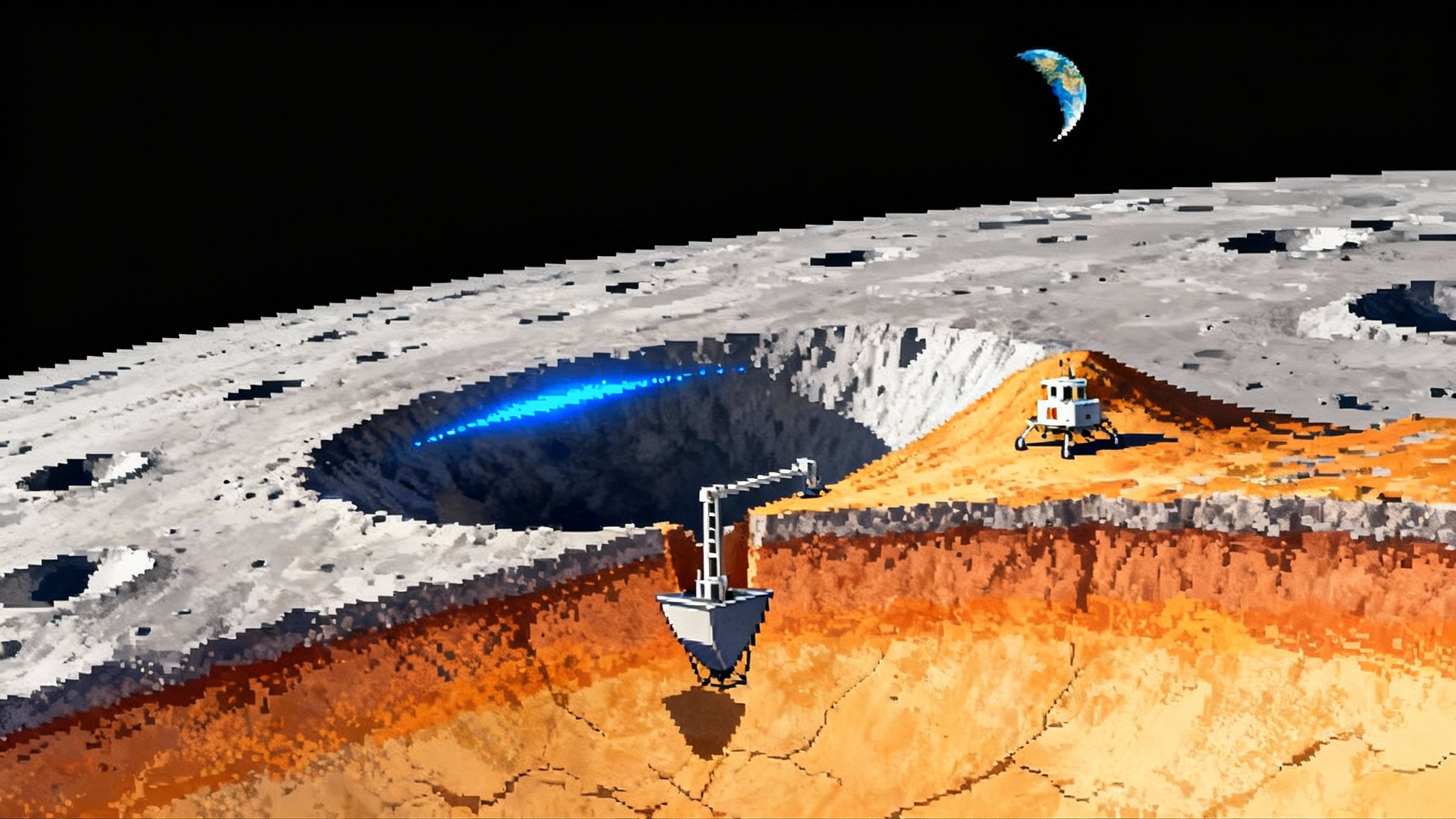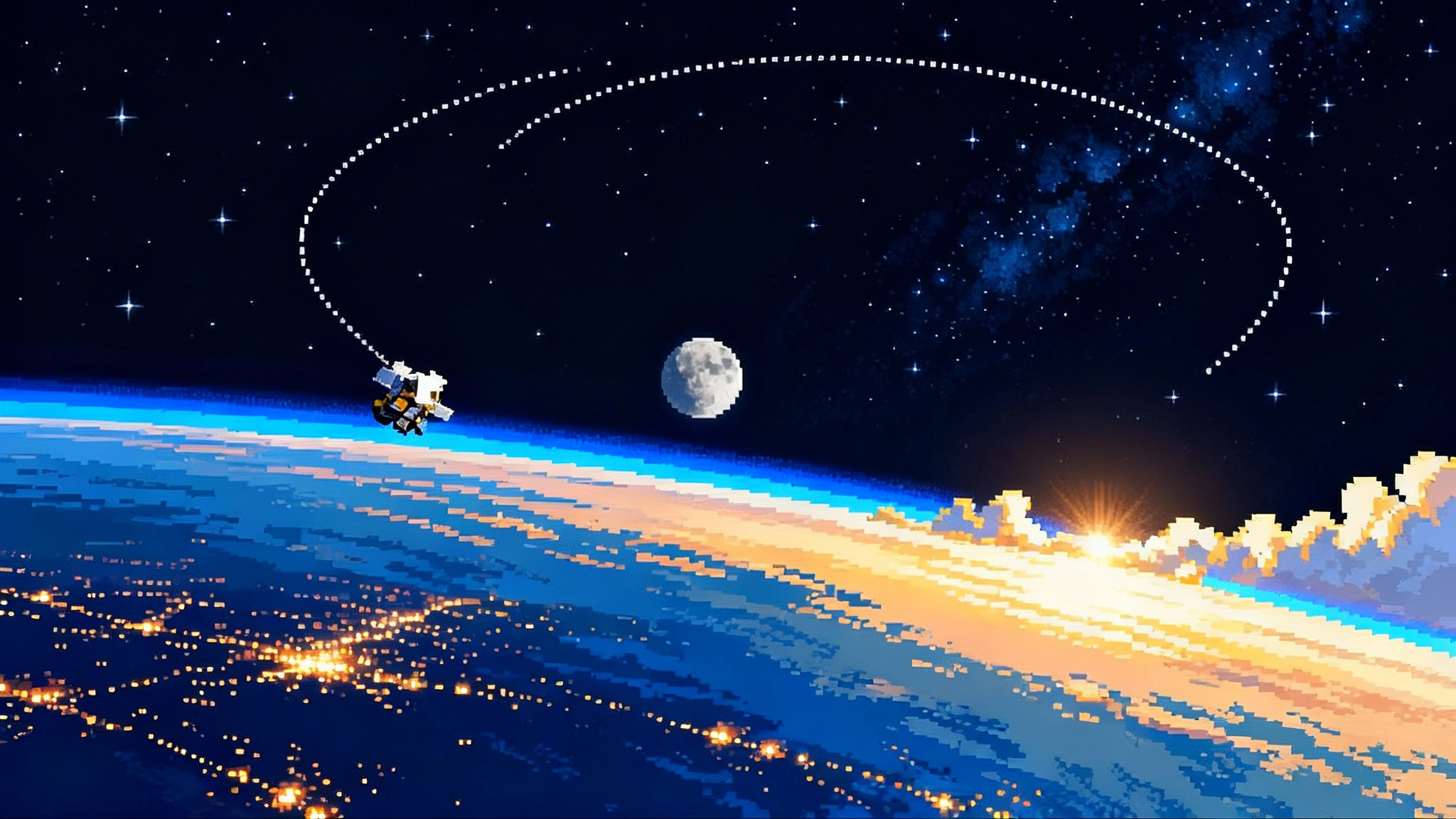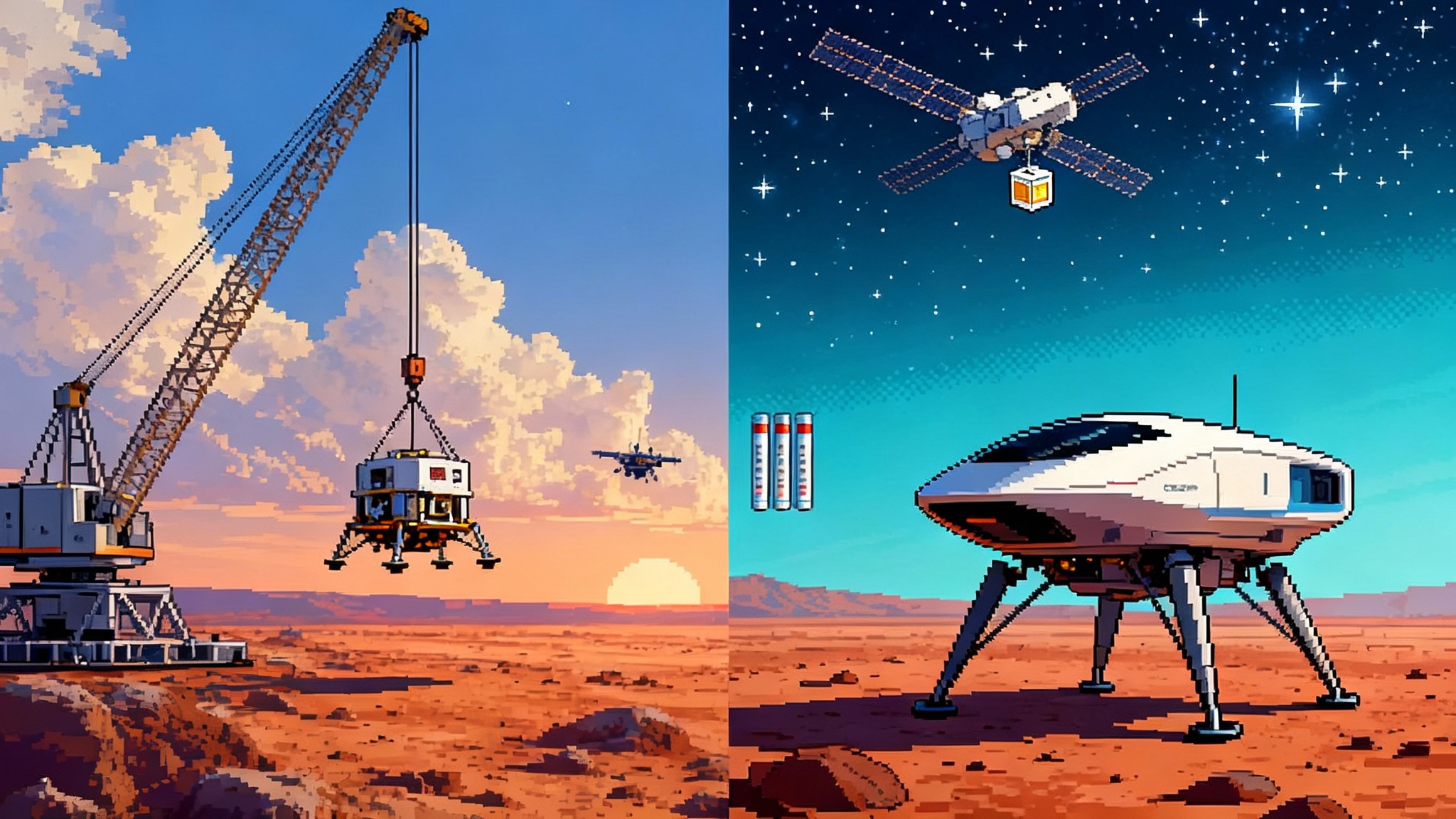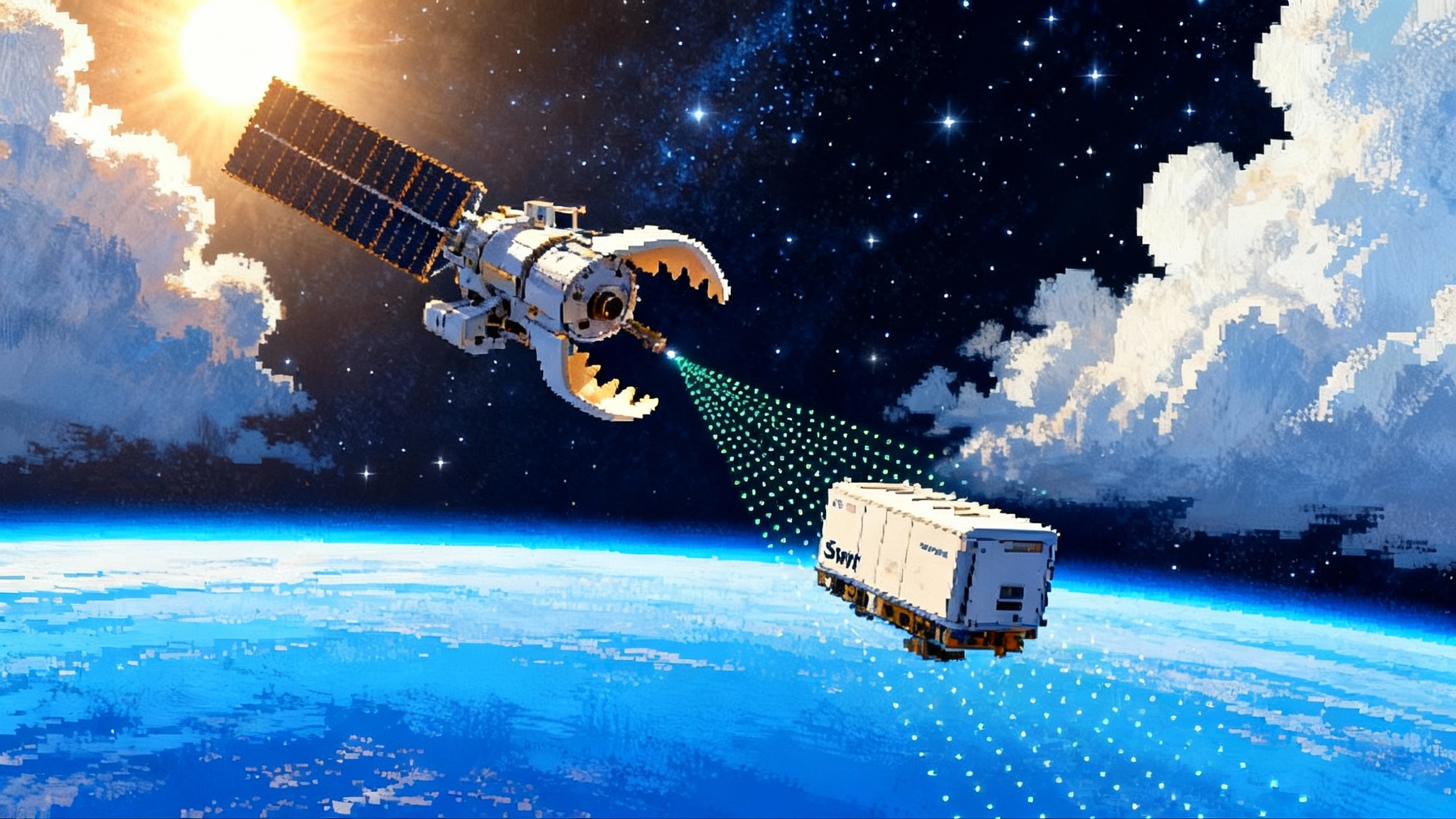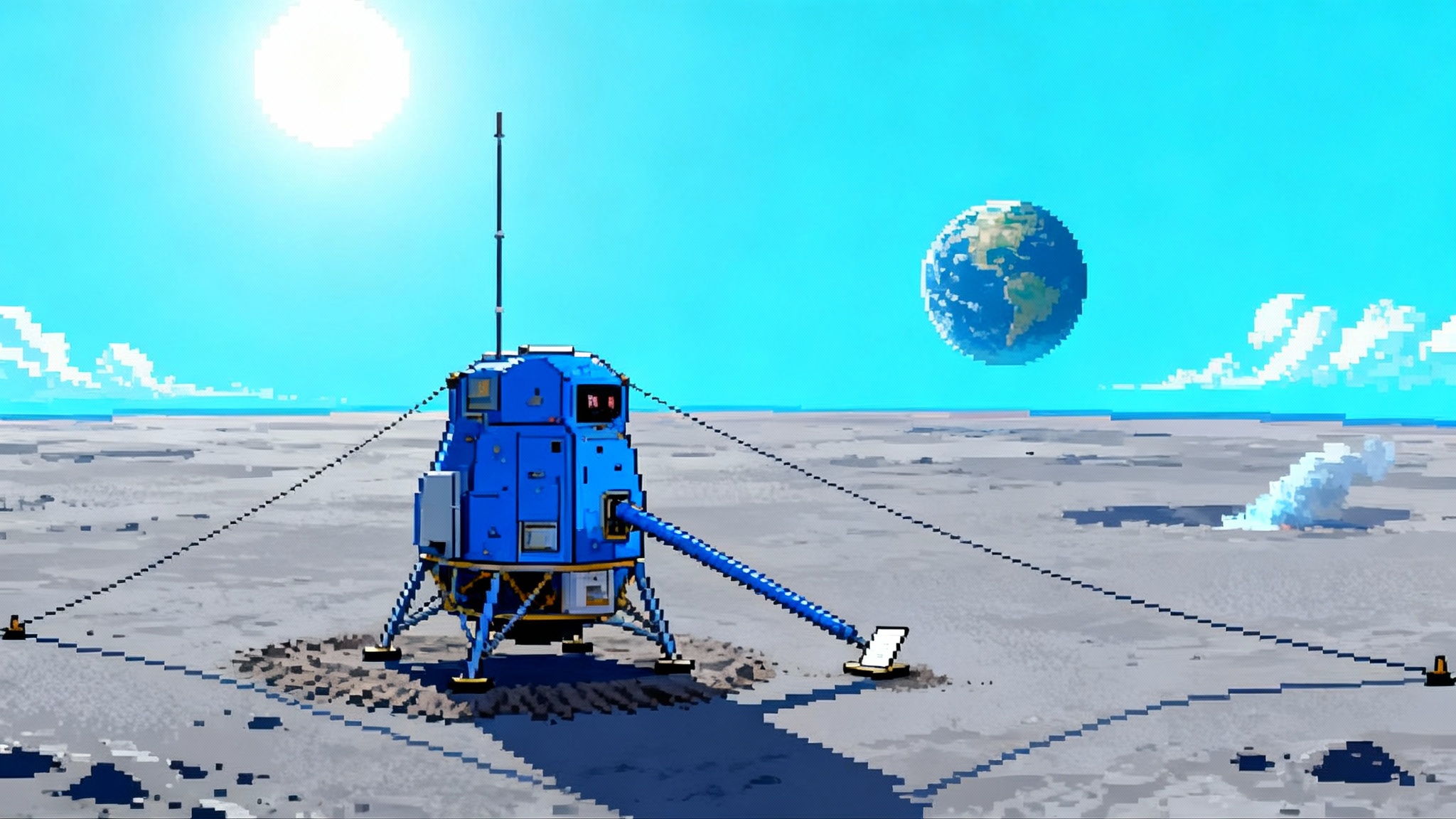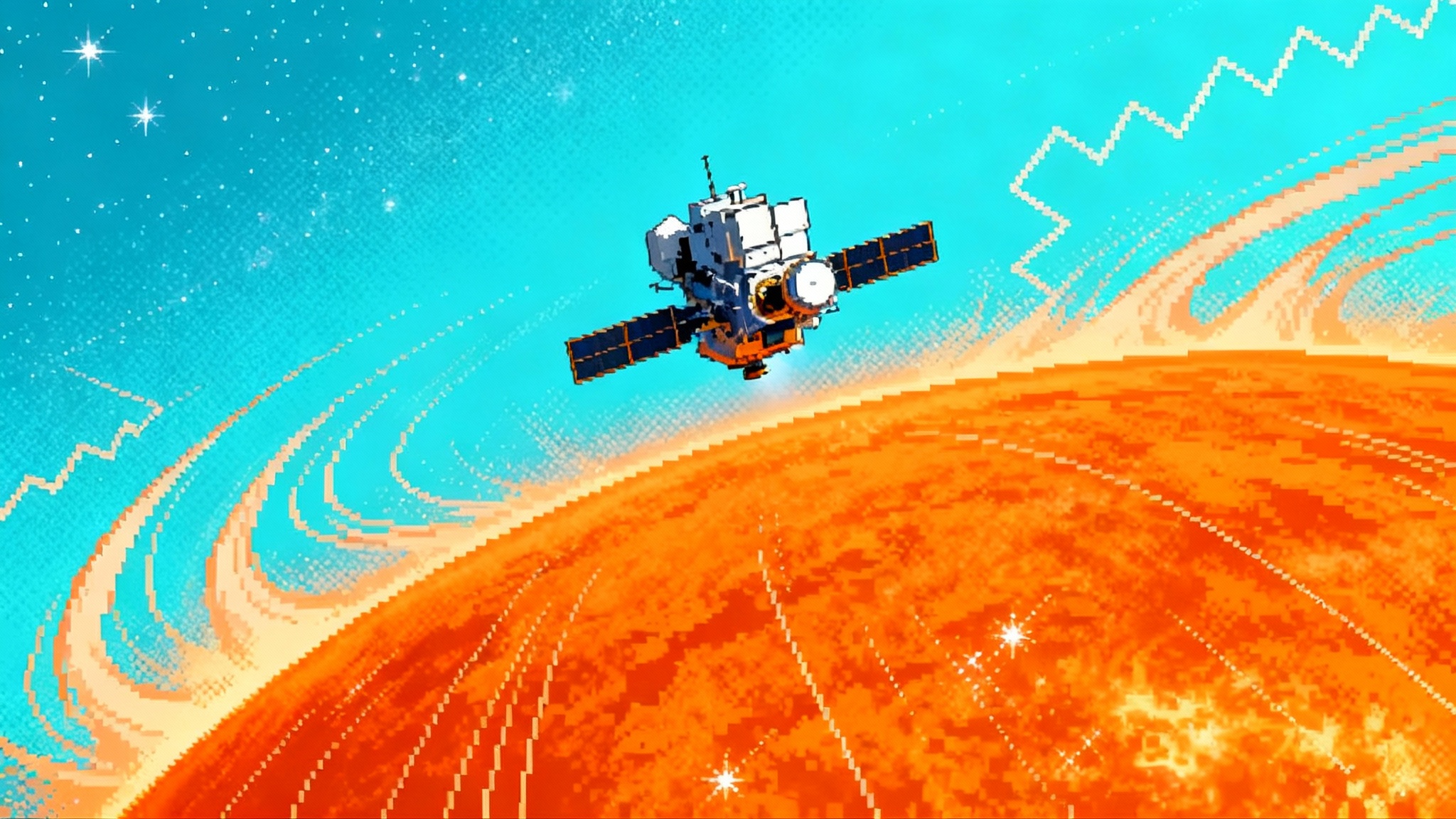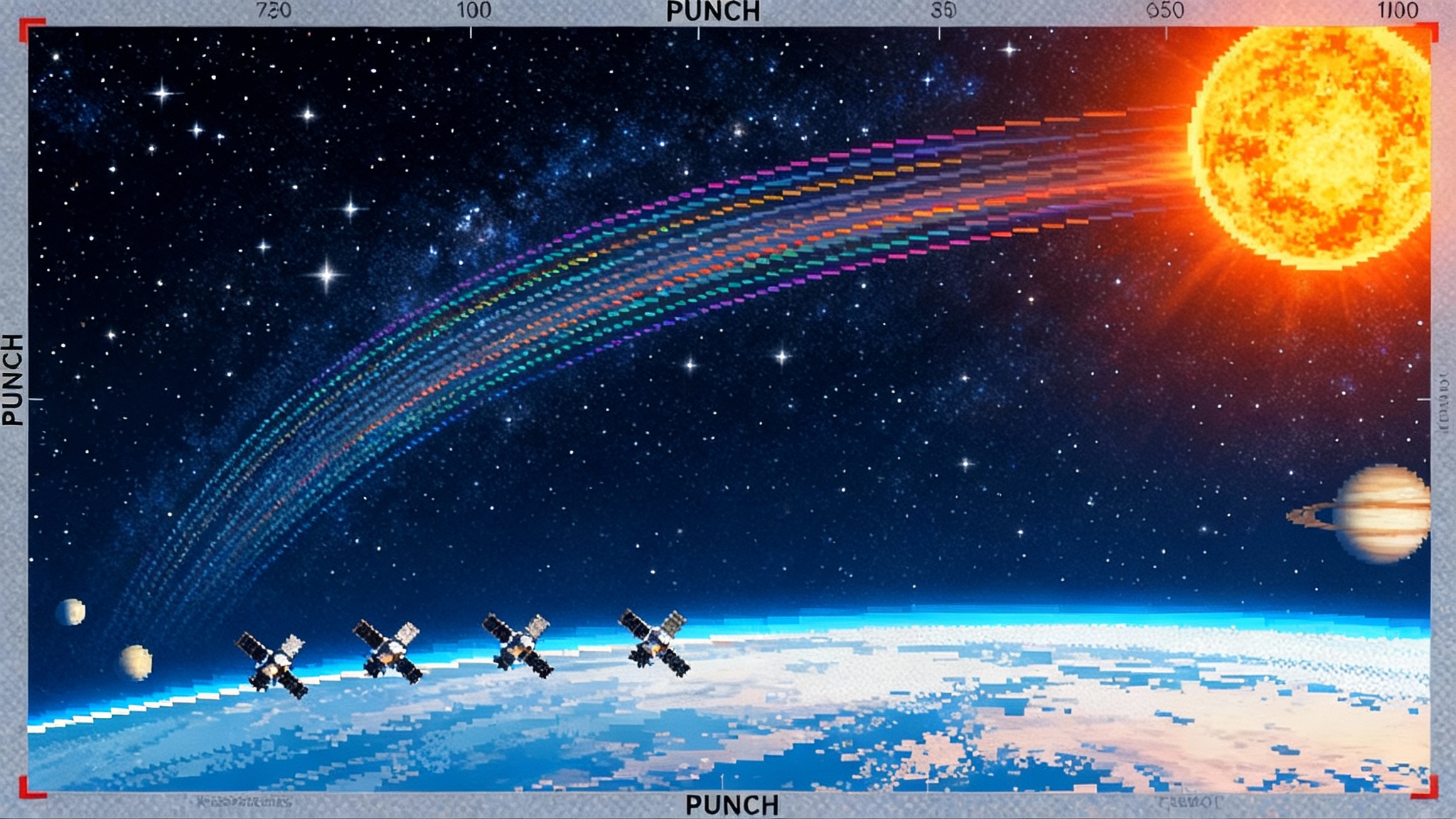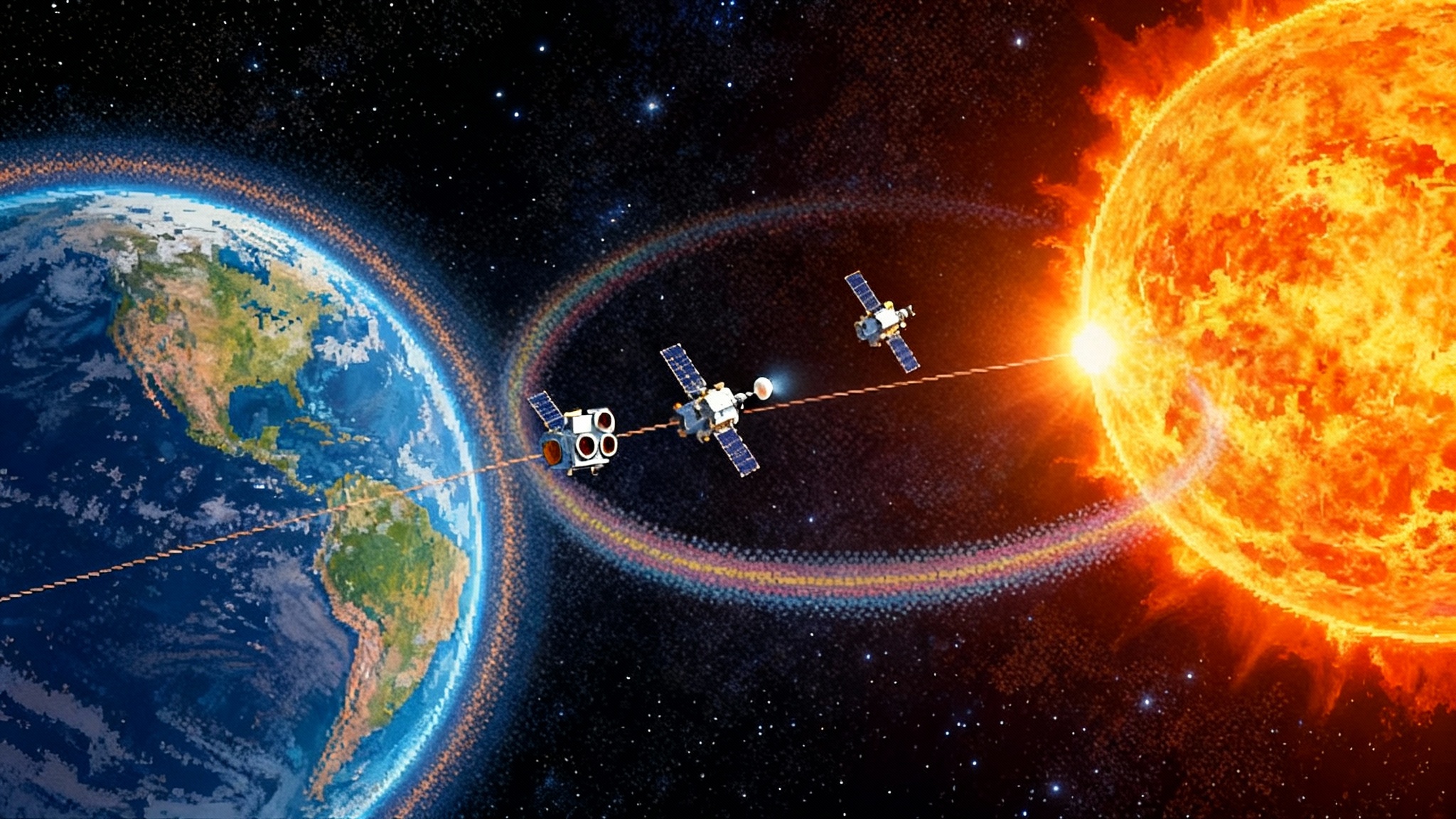BepiColombo's thruster shortfall rewrites the road to Mercury
ESA and JAXA reworked BepiColombo’s cruise after solar electric propulsion underperformed, pushing orbital insertion to November 2026. What failed, how the redesigned Mercury flybys preserve the science, and the milestones to watch through 2026.
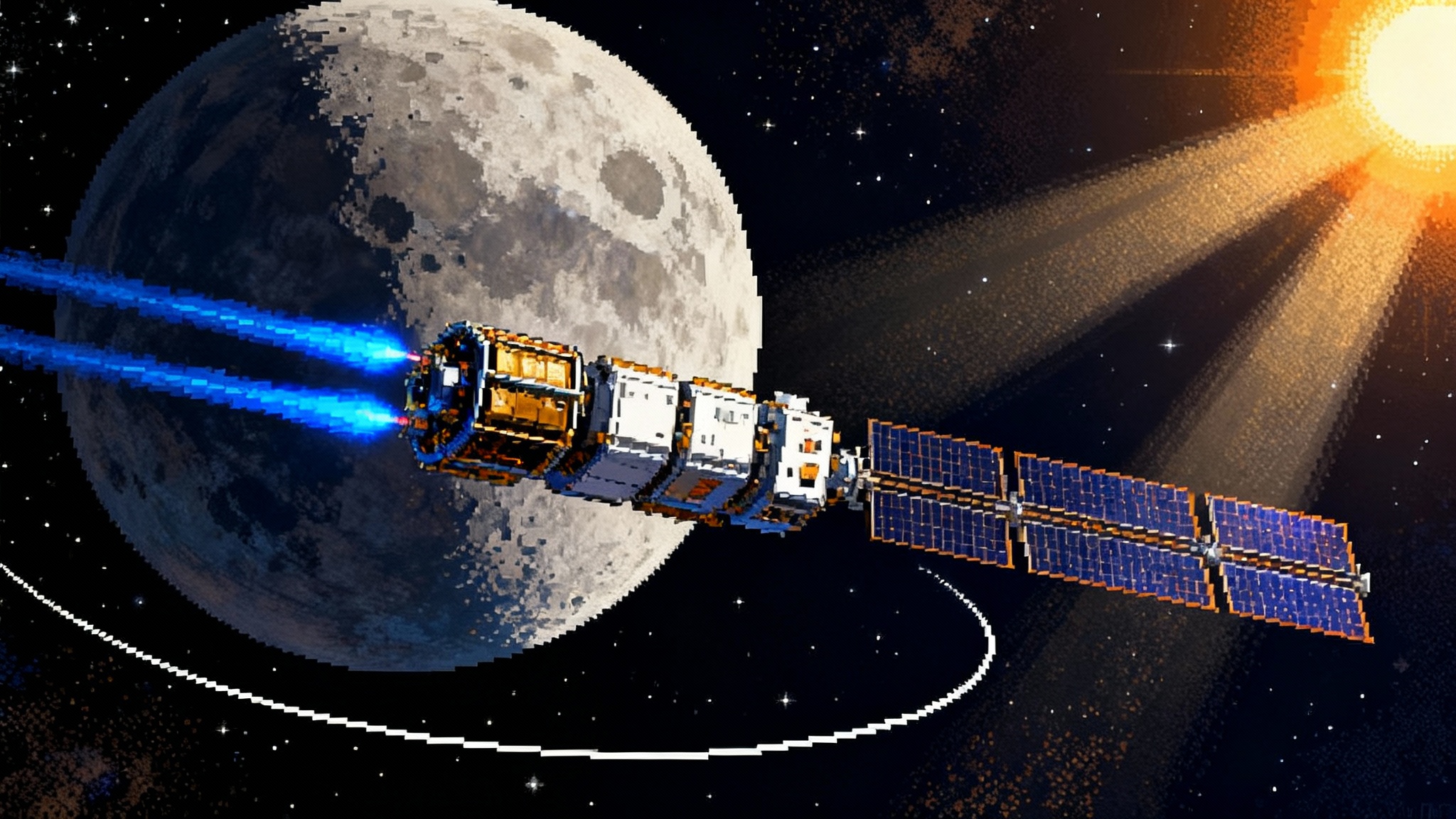
A course correction years in the making
As of September 2025, ESA and JAXA target Mercury orbit insertion in November 2026 after reworking BepiColombo’s cruise. The pivot followed an investigation that traced a loss of thrust to unexpected electrical currents in the transfer spacecraft’s power system. With thrust capped below the original plan, mission planners changed the flight path rather than risk capture at Mercury. Program leaders say the science return will be preserved despite the delay, as outlined when ESA delays arrival to November 2026.
The change is one of the most consequential midcourse redesigns of a flagship planetary mission in recent memory. It also highlights the resilience of a trajectory built on gravity assists plus long, efficient solar electric propulsion.
What failed in the transfer stack
BepiColombo travels to Mercury as a stack. The Mercury Transfer Module (MTM) provides power and solar electric propulsion for the cruise, carrying large solar arrays, power processing electronics, xenon tanks, and ion thrusters. ESA’s Mercury Planetary Orbiter (MPO) and JAXA’s Mio ride on the MTM until arrival and then separate for science operations.
In April 2024 the ion engines could no longer draw full power. The investigation pointed to unexpected electrical currents between the solar arrays and a power distribution unit. Those currents bled power from the processing electronics that feed the engines. Engineers recovered most of the performance and stabilized thrust near about ninety percent of the earlier level, but not all. Over thousands of hours of firing, that shortfall made the original December 2025 capture plan untenable.
Crucially, the thruster heads remain healthy and xenon reserves are not the issue. The constraint is current delivery to the power processing units, which limits total impulse per unit time and demands a new flight plan sized to the available power through late 2026.
How flight dynamics saved the science
The solution was to spend momentum differently. ESA’s Flight Dynamics team re-optimized Mercury flybys and thrust arcs so that later burns could be gentler. The replan began with a deliberately closer fourth Mercury flyby in September 2024, which increased the gravity assist. The fifth and sixth flybys in December 2024 and January 2025 then placed the spacecraft on a lower energy corridor. After those passes, the cruise transitions to thrust arcs tailored to the new power ceiling, culminating in capture in November 2026, as ESA explains the new trajectory.
The scientific orbits at Mercury do not need to change. Once the MTM separates, Mio targets an elliptical polar orbit and MPO descends to a lower altitude mapping orbit. The science timeline shifts by about eleven months, but the planned content remains intact.
Why a closer pass matters so much
Gravity assists are about direction as much as speed. Small changes in flyby altitude can produce major differences in turning angle and effective energy exchange. At BepiColombo’s approach speeds, a modest increase in bending during a close pass can translate into hundreds of meters per second of effective delta-v that the engines do not need to supply.
What to watch through 2026
The new plan is robust, but execution still depends on systems that must keep working near the Sun.
- Thruster power stability. The electrical interaction that limits current to the power processing unit drives this redesign. Teams will keep trending available current and managing operating regimes to minimize the problematic paths while preserving thrust stability.
- Thermal margins near perihelion. Higher solar intensity raises array and spacecraft temperatures. Expect careful pointing, duty cycles, and tighter constraints on when thrust arcs can run.
- Xenon and lifetime margins. Long burns erode accelerator grids and wear valves and cathodes. Trading more gravity assist for less thrust helps, but teams will continue to watch xenon balance, remaining total impulse, and grid erosion as 2026 approaches.
- Attitude and navigation during long burns. Gimbaled engines must align with a shifting center of mass as xenon is consumed. Expect periodic navigation pauses inside long thrust arcs to refine the next segment.
- Space weather. Solar storms can perturb power output and induce single event upsets. Operations will thread long burns around significant events when possible. Context from 3D solar wind movies and results from missions flying inside the corona at solar max help frame expectations for the environment near Mercury.
- Science during cruise. The mission continues to gather valuable data during flybys and selected cruise segments. Instruments on MPO and Mio can operate for magnetospheric, plasma, radio science, and dust measurements. High resolution imaging waits for orbit because the stack blocks the main camera, but monitoring cameras provide context views.
- Ground segment cadence. Reduced-thrust cruise spreads navigation over more, smaller corrections. Watch for occasional news of added deep space network support around key thrust arcs and flybys. Techniques proven in gravity-assist campaigns such as the OSIRIS-APEX Earth flyby strategy illustrate how teams choreograph precise encounters.
What changes on arrival day
Only the date is different. About two months before capture, the MTM separates. The twin orbiters, still connected by a mounting structure and thermal shield, drift into Mercury’s sphere using a weak stability boundary approach that leverages planetary gravity with minimal propulsive help. MPO performs a small burn at first periapsis to secure capture, then changes orbit to release Mio into its higher, elliptical polar orbit. After releasing Mio, MPO sheds the interface structure and lowers itself to a near polar science orbit a few hundred kilometers above the surface.
Commissioning will take several weeks. Thermal constraints near the Sun demand special attitudes and periodic flips to keep radiators cold. With a November 2026 capture, full science campaigns should ramp up in early 2027.
Why the science is still intact
Three factors protect BepiColombo’s goals despite the slip:
- Healthy science orbiters. The power issue is confined to the transfer bus that is discarded before science begins.
- Viable capture geometry. Mercury flybys still deliver the right conditions once time is traded for thrust.
- Cruise science value. Flybys produce real measurements that build context for orbital science.
Lessons for missions that rely on electric propulsion
- Treat the whole power chain as one system. Arrays, distribution, processing, harnessing, and thrusters must be designed and tested as a single path under flight-like illumination and thermal conditions.
- Buy margin in current delivery. Add headroom in current and voltage so modest degradation does not force a trajectory redesign. Cross strapping and reconfiguration options help isolate drifting paths.
- Characterize aging early. Extend vacuum and UV testing of array insulation and power electronics for thousands of hours, instrumented to catch small leakage currents.
- Build operational flexibility. Keep alternate gravity-assist corridors open and carry propellant and time margin so small flyby retargets can save weeks of thrust later.
- Keep value flowing during cruise. Plan for realistic cruise datasets that do not depend on high-risk configurations to sustain support when plans change.
- Practice long-arc navigation. Train for thrust modulation and re-optimizations around solar storms or ground network conflicts.
- Communicate power trending. Share clear plots of available power, thrust histories, and remaining impulse to align stakeholders on schedule versus risk.
The bottom line
BepiColombo remains on track to become only the second mission to orbit Mercury. The route is longer because the engines cannot draw quite as much power as designed, but the spacecraft and their science remain sound. The redesigned flyby sequence extracts momentum from Mercury where it counts, setting up a safe arrival in November 2026 and a strong start to science in 2027.
